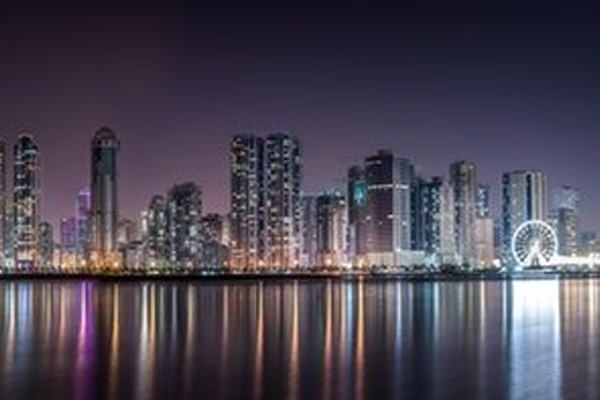Designing the ideal office of the future

How advances in technology change the way we work
Office design is moving into a new era with advances in technologies, improved ergonomic furniture and strategic lighting replacing the tired and often boring offices of the past. But as our work spaces are changing is this having a knock-on effect in the way we are working?

How office space is changing
Our offices no longer consist of simple desks and fax machines. Open spaces and adaptive furniture are all starting to be incorporated in an attempt to boost productivity in the workplace. Moving on significantly from the early 80s where the biggest considerations were cabling and the overheating of bulky new technology, to today, where creating minimalist spaces to boost creativity is fast becoming the norm.
From paperless offices right through to hot desking, the office dynamic is starting to see a change. Many of us are still sitting behind desks from 9-5. But as these trends are developing they could quickly end up coming our way. The way offices are being designed is changing in a variety of ways, with open plan offices encouraging team collaboration and versatile furniture enabling work in an array of environments.
The push for a reduction in expensive office real estate has also lead many companies to introduce open plan design and hot desking, sometimes with little thought to the impact on workers.
Business owners must consider changes to the office environment, from physical appliances to interior design, in an effort to promote a positive mood throughout the office. According to RIBA, thousands of people are using their office space for 50% or more of their waking hours, so ensuring that these spaces are effective, inspiring and energetic is high on the priority list.
How does this affect the way we are working?
However, distracting noise and visual stimulus in open-plan offices can actually account for a drop in employee effectiveness. The workplace still needs to be balanced so that workers can choose their work space depending on the task.

Advancing technology allows companies to be less reliant on keeping their staff in one place throughout the day. Employees are becoming more flexible in the way they work and with adaptive space and new technology, the office of the future looks set to keep staff on the move.
Innovative companies such as LEGO® have introduced flexible work zones with no designated seating arrangements and a management team without offices. Bali Padda, COO and Executive Vice President, explained, “the lack of fixed seating is a very tangible consequence but the biggest impact is that the traditional physical concept of department has been dissolved, which enables cross-organisational collaboration even more than we are used to.”
The new office in Central London offers different floors for different zones of work. These open plan zones encourage employees to collaborate right across the company, introducing central locations for various teams to integrate, discuss ideas and resolve problems.
In a survey undertaken by JLL, a staggering 81% of those surveyed believed that open office plans promoted improved behaviours when compared to individual office plans. By opening up space and encouraging engagement between employees, many businesses are seeing a positive impact in both happiness and productivity.
What influence can this have on future offices?
Brad Krauskopf, CEO and founder of Third Spaces Group, on behalf of Entrepreneur, said, “The distant future of functional workspace will also be about using virtual reality and creating a fourth dimension’ throughout office spaces.”
Keeping up with both design and technology is a big factor in many offices of the future. But with these futuristic ideas are the smaller, less advanced offices going to fall behind and will employees be able to adapt quickly enough to stay ahead of the game?
In a report by Arcadis, it is expected that by 2020 the number of physical objects connected to the internet will grow to 50 billion. This added pressure will introduce more technology to the workplace, making progressive technology even more important to allow companies to succeed in the digital world. There is also the addition of augmented and virtual reality being introduced into many office environments to encourage increased work flow. This advancing technology is leading the way with offices of the future.
Conclusion
The question still remains whether these changes are helping or hindering as we continue to move through the digital era. Although these changes aren’t being made at a rapid pace, the dynamic of our office lives looks set to change.
Additional material from JLL, Workplace Design and Practise on the Ethical Environment
